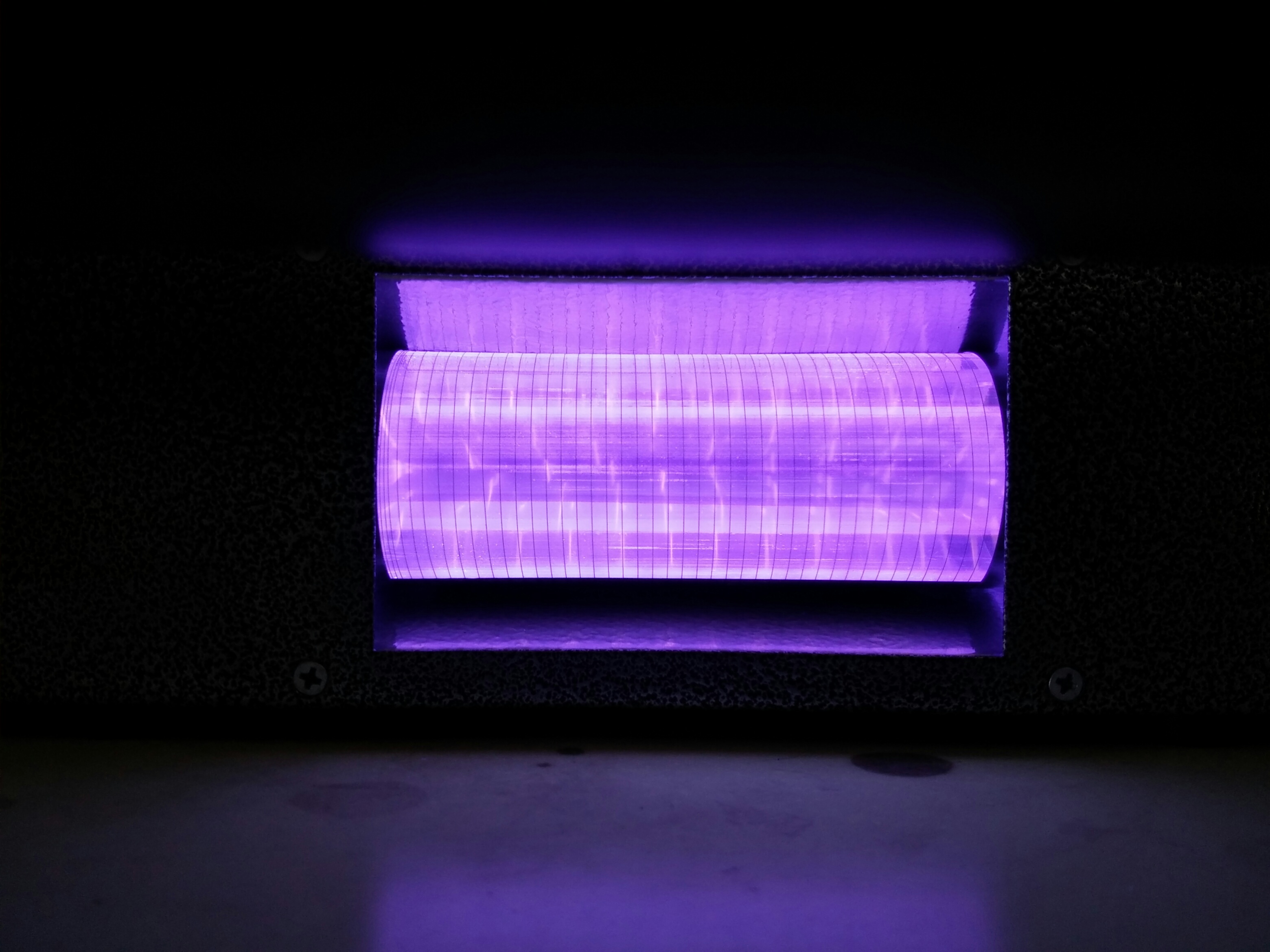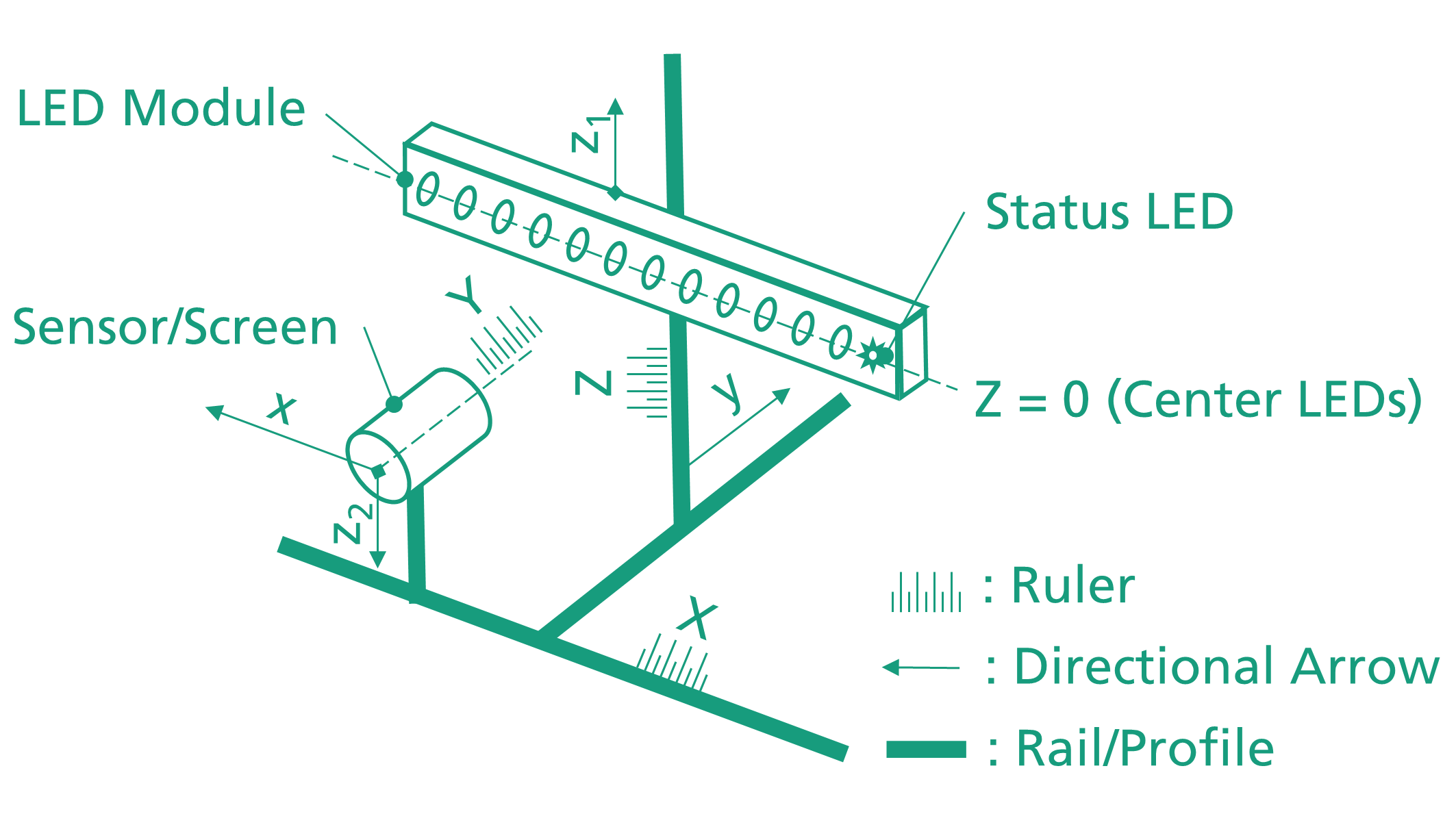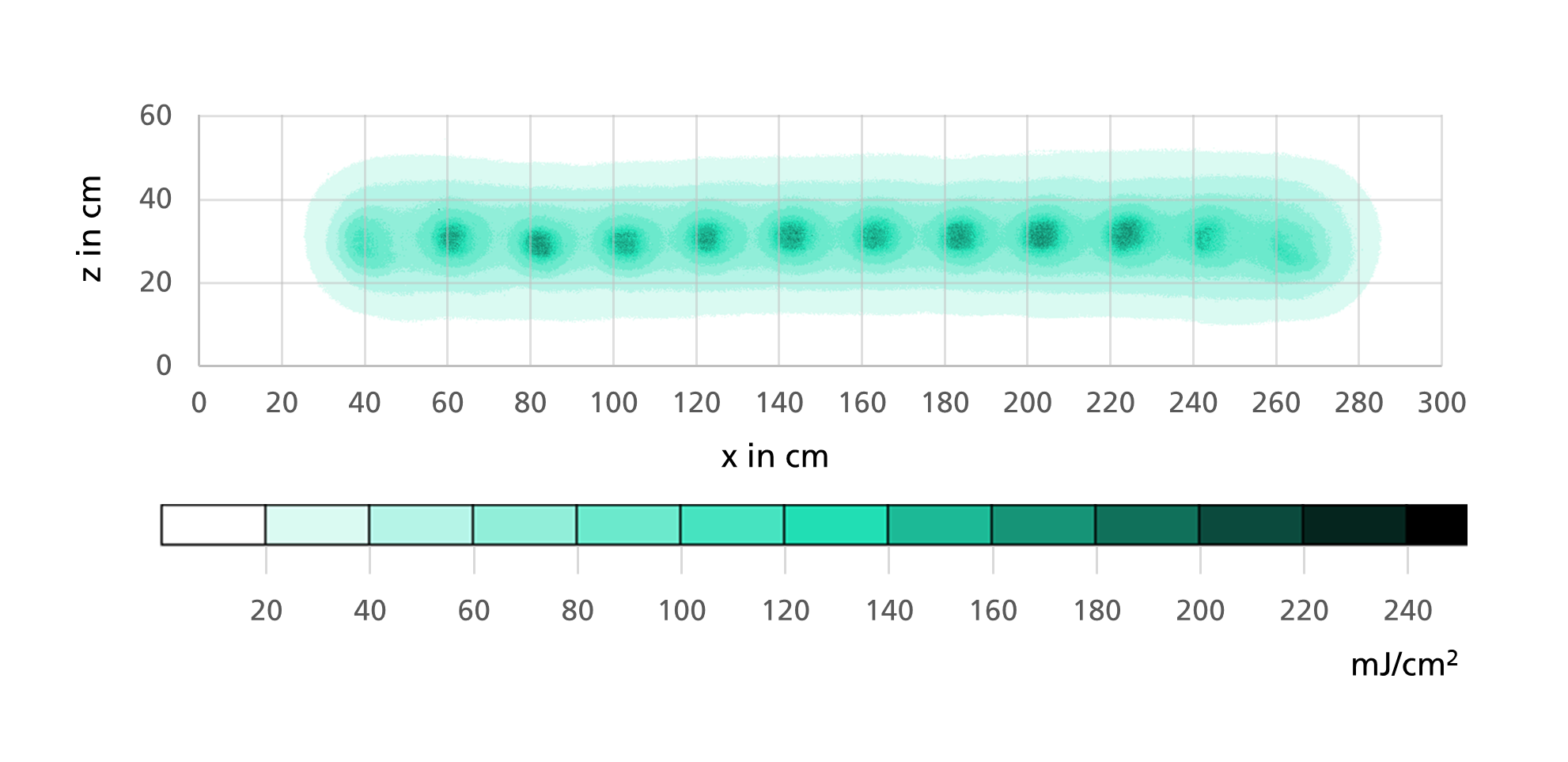The project included market analyses and preliminary studies in separate phases in order to identify and address the specific needs of SMEs.
Crystallization phase: Initiation of the first projects
In the crystallization phase, the specific fields of application and the range of services of the Fraunhofer Institutes were defined and communicated. Through the cluster, more than 20 SME contacts were established and independent crystallization projects were set up with five SMEs. On this basis, feasibility studies and validation projects were conducted with the partners in order to realize methods and tools for simulation and evaluation with practical relevance.
Validation phase: Implementation of the projects
In the last phase of the project, individual applications were selected on the basis of validated decision-making criteria and ultimately validated and scientifically monitored in the supermarket use case. In this phase, functional prototypes of test benches for material testing were set up and characterized at Fraunhofer IGB, and procedures were established to assess radiation effectiveness while also taking into account material degradation. Various hygiene consultations were also offered and the biological effectiveness of UV sterilization was demonstrated using microbiological methods. The results were used as a basis for recommendations and optimizations of the respective technologies for the SMEs in order to increase customer safety, performance and the effectiveness of sterilization.
Outlook
Campus UV-C has led to the publication of a total of 15 fact sheets (brief reports) on the individual topics and competences, which provide SMEs with important insights into relevant results of the research. Overall, in addition to the project itself, strategically important contacts with SMEs have been established in order to pursue the product development, optimization and validation of UV technologies.

 Fraunhofer Institute for Interfacial Engineering and Biotechnology IGB
Fraunhofer Institute for Interfacial Engineering and Biotechnology IGB

